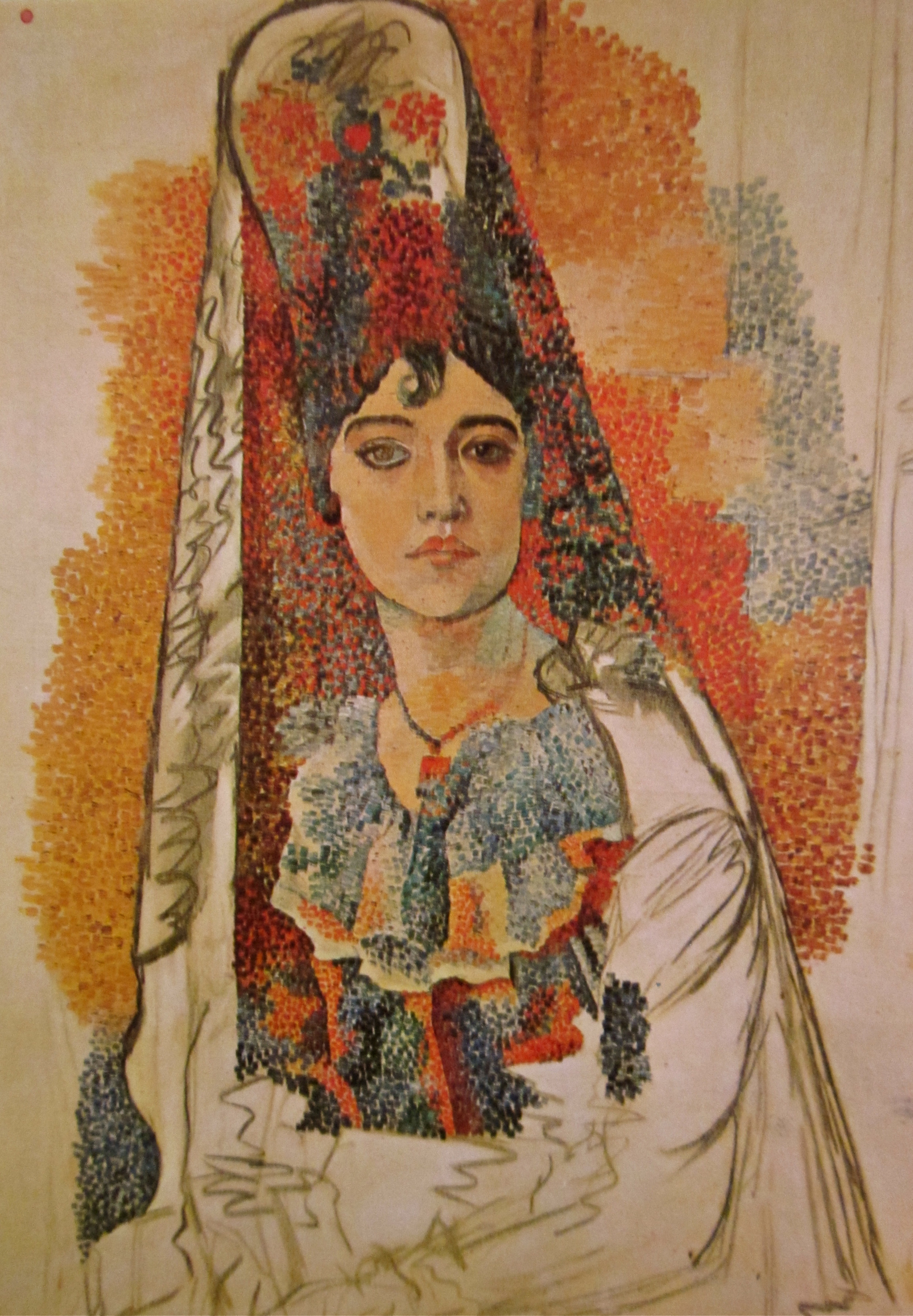Digital prints, giclée prints, original work, illustrations, reproductions — there are a lot of different terms that are thrown around these days when it comes to art, and each term comes with a vastly different price range.
I have always struggled with distinguishing the difference between a reproduction and a print, so I decided to do a bit of research to figure it out once and for all. Here's what I have discovered.
The easiest way to remember the difference between the two is to think about how close the actual artist is to the final work that you have hanging on your wall.
In other words, did the artist themselves produce it, or did someone else reproduce it?
Prints
Traditionally, a print is made by spreading ink on a surface that has ben carved (by hand, by machine, etc.) with the artist's design and then printed on a surface as many times as the artist wants. Unlike with a reproduction, there is no "original" (though arguably, the etching itself is the original), and the artist is a part of all stages of the production process.
This is why prints are often labelled "limited edition" and can be more expensive than reproductions. Though, cost also depends on how labour intensive the process was to create the print, and how well known the artist is.
Reproductions
Reproductions are basically copies of original paintings.
That Degas poster on your wall? That's a reproduction.
The key is that producing a reproduction does not involve the original artist (though I am sure there are exceptions out there). Usually, a digital image is created of the work, and that file can then be used to reproduce it on any surface in any size.
Reproductions can also vary widely in cost depending on the level of detail and the type of surface that is printed on. For example, a giclée (basically fine art reproductions created on inkjet printers) format can even reproduce the texture of the paint from an original piece!





